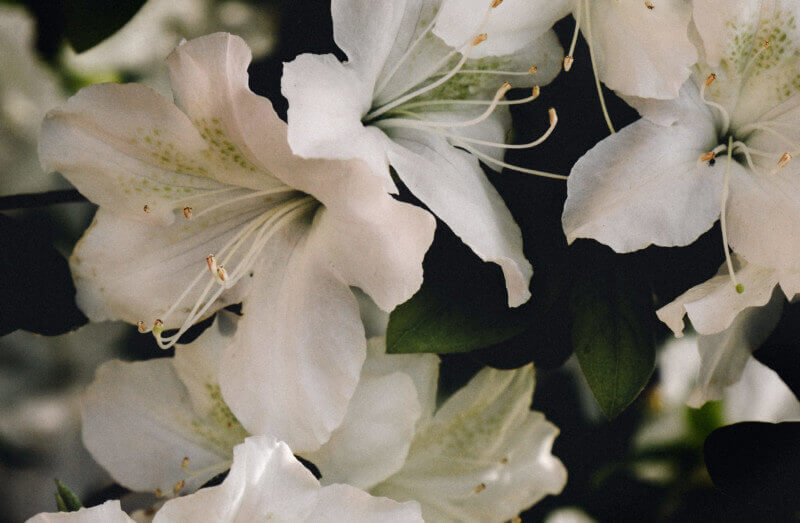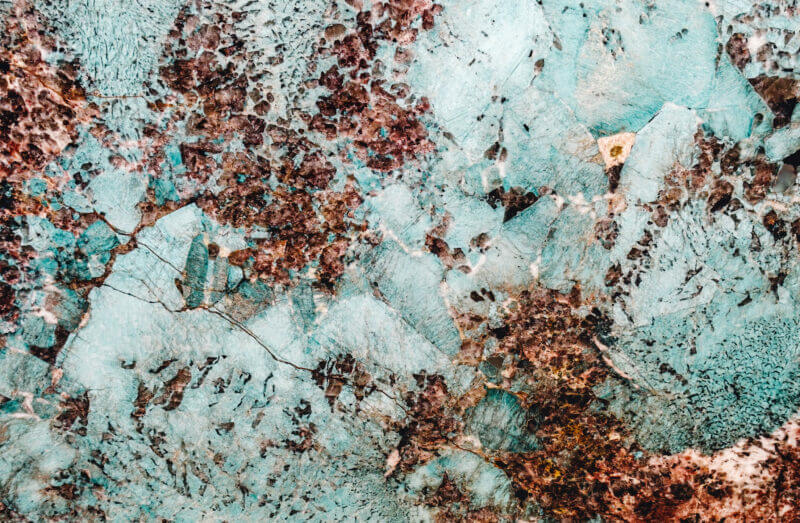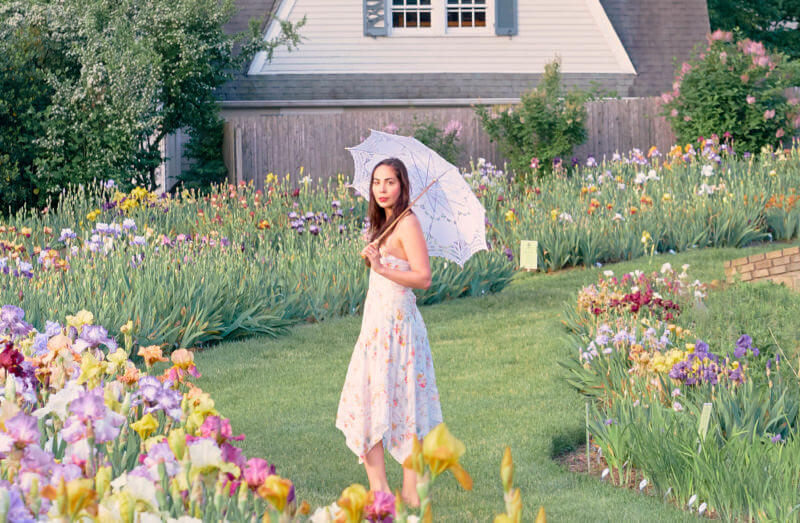
Some things get better with age. And it turns out, to my surprise, that flowers do too. Our family home is over 100-years-old, an early 20th century Tudor built on a foundation of hand-cut granite stones. Little has changed since the house was first completed, including the plantings and pines that thrive in the acidic soil. Two aged pin oaks stand tall in front, sentries to visitors and friends alike. Wildflowers and moss cling to the overgrown, and romantically eroding edges of the property. But the star of the show, every spring, is the mass of azalea bushes that cluster like cumulus clouds across the front of the house. Whites, pinks, and purples meet as each bush elbows for more sunlight, more nutrients, and more space. Together they mesh into a color smorgasbord, a verifiable feast for the eyes every spring.

I reread my favorite book, Rebecca, a few weeks back only to discover a vast description of blood-red azalea bushes — representing fire, danger, warnings, and death. It made me anticipate the spring bloom in somewhat of an apprehensive state. I don’t usually like bright colors, but the thought that an azalea bloom could be oppressive or sinister put me off and made me question whether they’d be worth photographing. But as the bushes began their yearly bloom, I was in awe. As I saw the casual eruption of brilliant, almost neon, colors electrify the yard, not fear, but adoration was the emotion of the week. In the evenings, the pinks were so vibrant I caught the sunset reflecting the fuchsia light in all directions, even into my office window on the second floor.
I thought this trip out to the yard would be fruitless, but alas, these hundred-year-old fruits seem to be better than expected. I hope you enjoy my azalea compositions below!












Which photo is your favorite? Share with me in the comments below!




